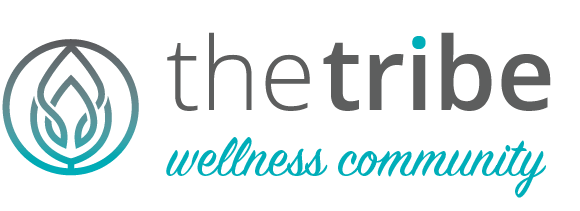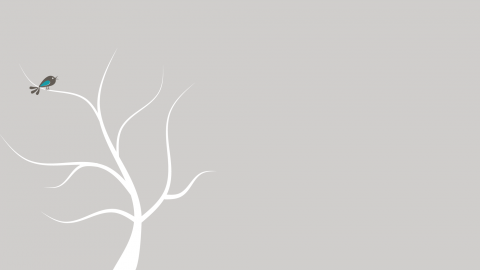|
I decided to blog about Chakras today, take it for what it is worth to you…
Chakra is a concept referring to wheel-like vortices which, according to traditional Indian medicine, are believed to exist in the surface of the subtle body of living beings.[2] The Chakras are said to be "force centers" or whorls of energy permeating, from a point on the physical body, the layers of the subtle bodies in an ever-increasing fan-shaped formation. Rotating vortices of subtle matter, they are considered the focal points for the reception and transmission of energies.[3] Different systems posit a varying number of chakras; the most well known system in the West is that of seven chakras.
|
||||||||||||||||||||||||||||||||||||||||||||||||||||||||||||||||||||||||||||||||||||||||||||||||||||
Minor chakras
In addition to the 7 major chakras, there are a number of other chakras which have importance within different systems. For example, Woodroffe describes 7 head chakras (including Ajna and Sahasrara) in his other Indian text sources. Lowest to highest they are: Talu/Talana/Lalana, Ajna, Manas, Soma, Brahmarandra, Sri (inside Sahasrara), Sahasrara. In addition, the chakra Hrit known as the wish-fulfilling tree is often included below the heart, which may be the same as a chakra known as Surya located at the solar plexus. Some models also have a series of 7 lower chakras below muladhara that go down the legs.
Hrit chakra or Surya chakra
This chakra is a minor chakra located just below the heart at the solar plexus, and is known as the wish-fulfilling tree. Here, the ability to determine your destiny becomes a reality. It is also known as the Surya chakra.[33] It supports the actions of Manipura chakra by providing it with the element of heat, and is responsible for absorbing energy from the sun.
In Tibetan buddhism, a similar chakra called the Fire Wheel is included in the scheme, but this is located above the heart and below the throat.
Lalana/Talumula
A chakra known as Lalana is situated in one of two places, either in the roof of the mouth, between Visuddhi and Ajna, or on the forehead, above Ajna. The Lalana chakra on the roof of the mouth is related to Bindu and Vishuddhi. When the nectar amrit trickles down from Bindu, it is stored in lalana. This nectar can fall down to Manipura and be burned up, causing gradual degeneration, or through certain practices it can be passed to Visuddhi and purified, becoming a nectar of immortality.
Manas
A chakra known as Manas (mind) is located either between the navel and the heart, close to Surya, or is located above Ajna on the forehead. The version on the forehead has 6 petals, connected to the 5 sense objects plus the mind. In Tibetan buddhism, the chakra located on the forehead is called the Wind wheel, and has 6 spokes.
Bindu Visarga/Indu/Chandra
Bindu visarga, is located either at the top back of the head, where some Brahmins leave a tuft of hair growing, or in the middle forehead. It is symbolised by a crescent moon. This chakra secretes an ambrosial fluid, amrit, and is the seat of the white bindu (compare with the white bodhicitta drop in the crown chakra in the Vajrayana system).
Brahmarandra/Nirvana
In some systems, Sahasrara is the chakra that is on the crown of the head. However, other systems, such as that expounded by Shri Aurobindo, state that the real Sahasrara is located some way above the top of the head, and that the crown chakra is in fact Brahmarandra, a sort of secondary Sahasrara with 100 white petals.
Shri/Guru
This is a minor chakra located slightly above the top of the head. It is an upward facing 12 petalled lotus, and it is associated with the Guru, that higher force that guides us through our spiritual journey.
Lower chakras
There are said to be a series of seven chakras below muladhara going down the leg,[34] corresponding the base animal instincts, and to the Hindu underworld patala. They are called atala, vitala, sutala, talatala, rasatala, mahatala and patala.
Atala
This chakra is located in the hips, it governs fear and lust.
Vitala
Located in the thighs, it governs anger and resentment.
Sutala
Located in the knees, it governs jealousy.
Talatala
Translated as 'under the bottom level', it is located in the calves, and it is a state of prolonged confusion and instinctive wilfulness.
Rasatala
Located in the ankles, it is the centre of selfishness and pure animal nature.
Mahatala
Located in the feet, this is the dark realm 'without conscience', and inner blindness.
Patala
Located in the soles of the feet, this is the realm of malice, murder, torture and hatred, and in Hindu mythology it borders on the realm of Naraka, or Hell.
Others
There are said to be 21 minor chakras which are reflected points of the major chakras. These 21 are further grouped into 10 bilateral minor chakras that correspond to the foot, hand, knee, elbow, groin, clavicular, navel, shoulder and ear. The spleen may also be classified as a minor chakra by some authorities despite not having an associated coupled minor chakra.




Very nice and informative, thanks for sharing!